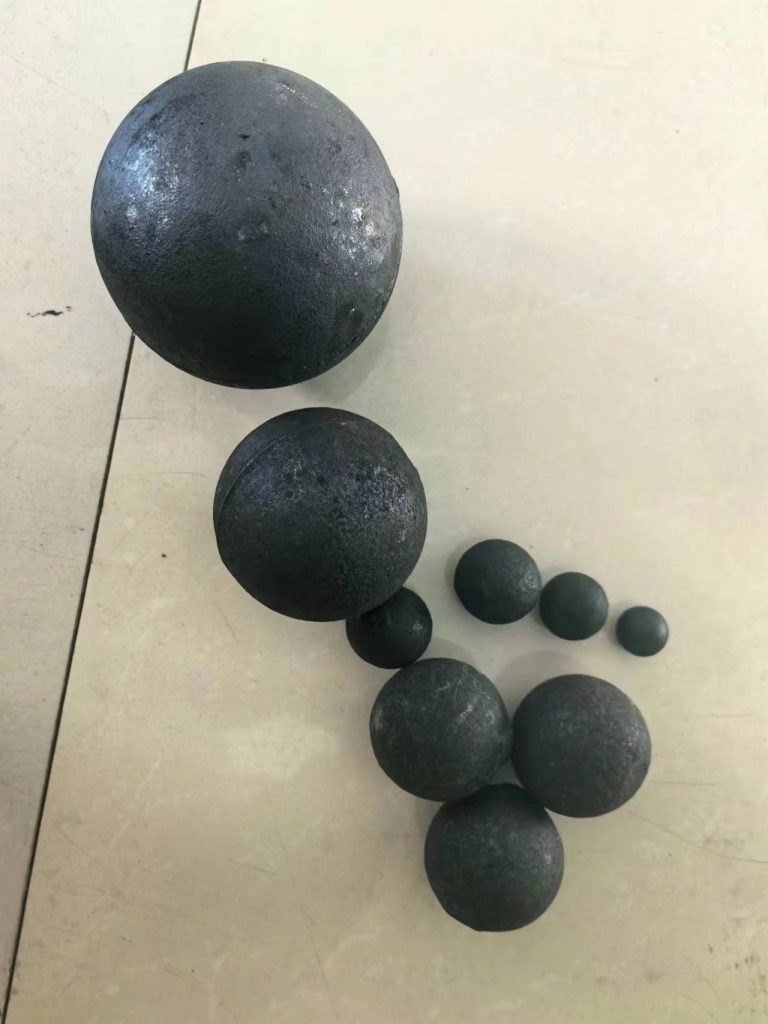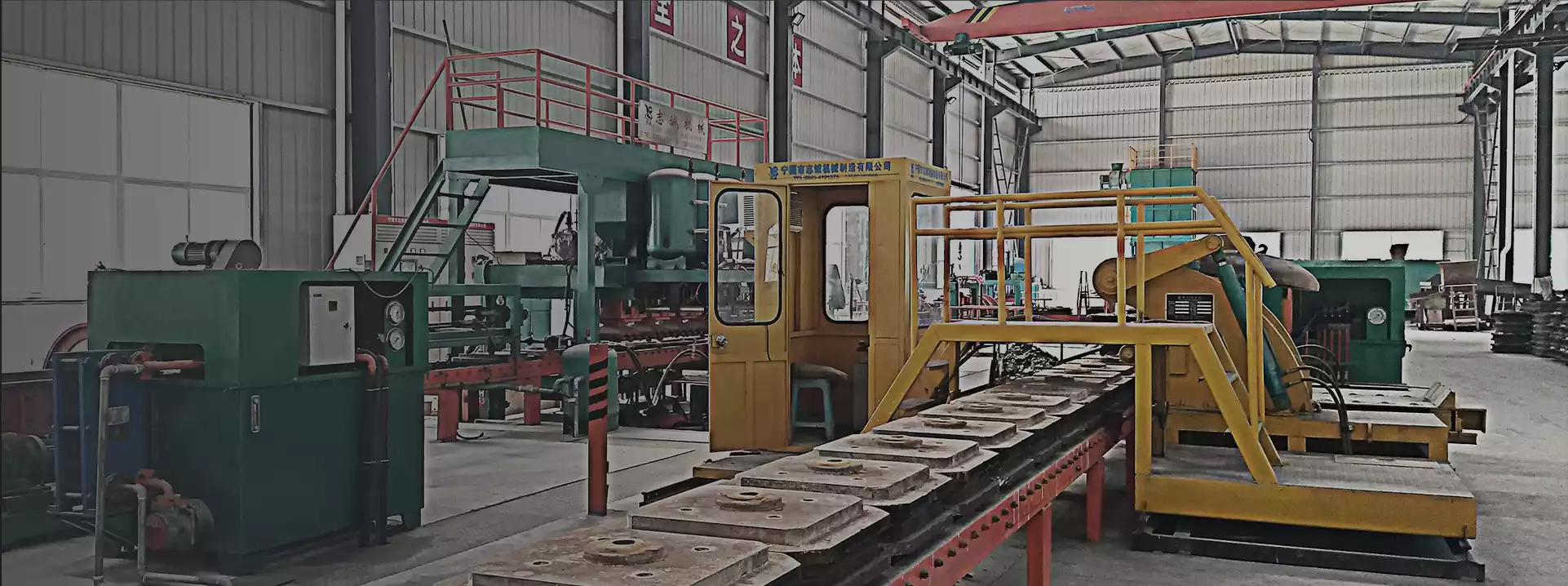Selecting the right materials is crucial in ensuring optimal performance and durability of grinding balls. Let’s delve into essential factors to consider when deciding on materials for grinding ball production while highlighting the significance of conducting a comparative analysis for informed decision-making:

1. Material Composition:
The material composition of grinding balls plays a pivotal role in determining their hardness, wear resistance, and overall performance. Consider materials like steel, stainless steel, ceramic, or high-chrome alloys, each offering unique properties that impact grinding efficiency and product quality.
2. Hardness and Wear Resistance:
Hardness and wear resistance are key factors influencing the longevity of grinding media balls. Compare the hardness levels and wear resistance properties of different materials to identify the most suitable option for your specific grinding applications, ensuring extended lifespan and reduced maintenance costs.
3. Impact and Abrasion Properties:
Evaluate the impact and abrasion resistance of materials under varying grinding conditions. Conducting a comparative analysis of material performances in terms of impact strength and abrasion resistance can help in selecting materials that withstand harsh grinding environments, ensuring consistent and efficient grinding operations.
4. Corrosion Resistance:
For industries handling corrosive materials or operating in challenging environments, corrosion resistance is a critical consideration. Compare the corrosion resistance properties of materials such as stainless steel and ceramic to mitigate the risk of corrosion-related issues and maintain grinding ball integrity over time.
5. Cost-Efficiency and Longevity:
Balancing cost-efficiency with longevity is essential in optimizing grinding media ball production. Compare the initial costs, maintenance requirements, and expected lifespan of materials to make informed decisions that drive long-term cost savings and operational efficiency.
6. Application-Specific Considerations:
Tailor material selection according to specific grinding applications and requirements. Consider factors such as grinding speed, particle size, and target output to choose materials that align with the demands of your unique grinding processes and yield optimal results.
In conclusion, selecting the right materials for grinding ball production requires a thorough comparative analysis of material properties, performance characteristics, and cost considerations. By evaluating factors such as material composition, hardness, wear resistance, impact properties, corrosion resistance, and application-specific requirements, you can make informed decisions that enhance grinding efficiency and productivity.
As a dedicated manufacturer and exporter of grinding ball equipment, we prioritize offering superior product quality and service excellence. Additionally, we provide specialized personnel to oversee installation and usage guidance for our equipment worldwide. We are committed to ensuring that our clients have access to top-tier solutions tailored to their specific requirements. For further insights into our range of grinding ball equipment and detailed information about our services, we encourage you to visit our website, where you can discover comprehensive details related to our products and offerings.

